Height Safety Standards
Guide to Working at Heights – Australian Standards
AS/NZS 1891 Series – Industrial Fall-Arrest Systems and Devices
The AS/NZS 1891 series of standards outlines the requirements for fall protection systems and personal protective equipment used when working at heights. It includes the following key components:
- AS/NZS 1891.1 – Safety harnesses and ancillary equipment
- AS/NZS 1891.2 – Horizontal lifeline and rail systems
- AS/NZS 1891.3 – Fall arrest devices
- AS/NZS 1891.4 – Selection, use and maintenance of fall arrest systems
Key Requirements for Working at Heights
- Conduct a risk assessment to identify fall hazards and control measures
- Implement the hierarchy of control to eliminate or reduce fall risks
- Use appropriate fall protection equipment such as harnesses, lanyards, anchor points, and lifeline systems
- Ensure all equipment complies with the AS/NZS 1891 series
- Provide training and competency certification for workers using height safety equipment
- Inspect and maintain equipment regularly in accordance with the manufacturer’s instructions
Hierarchy of Fall Protection
According to Safe Work Australia, the hierarchy of control for working at heights includes the following steps, in order of effectiveness:
- Eliminate the risk by working from the ground or solid construction where possible
- Use fall prevention devices (e.g. guardrails, scaffolds)
- Use work positioning systems (e.g. industrial rope access)
- Use fall arrest systems (e.g. harness and lanyard connected to an anchor point)
Training and Competency
Workers required to use fall protection equipment must be trained in its safe use. Training should cover hazard identification, correct fitting of harnesses, anchor point selection, inspection procedures, and emergency rescue plans.
